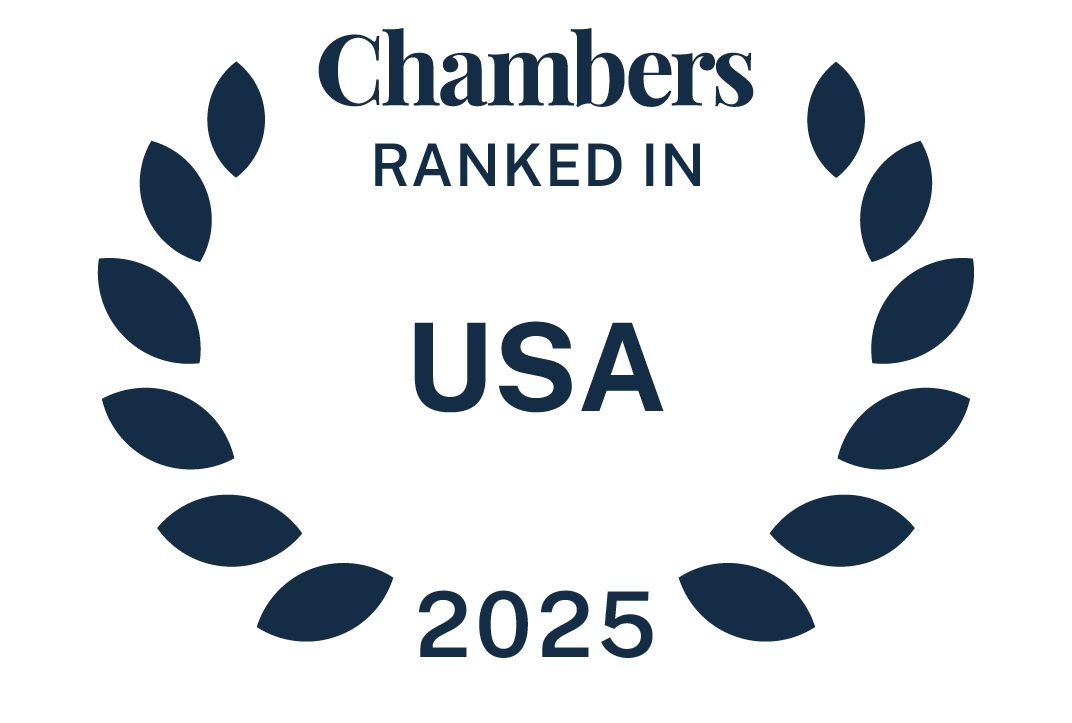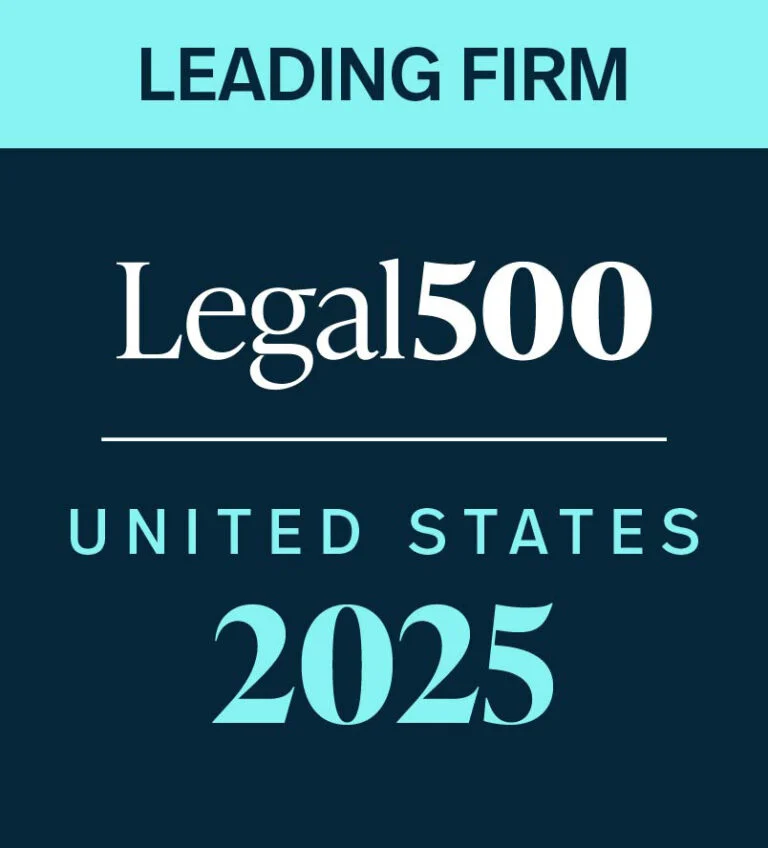The Federal Energy Regulatory Commission (FERC or the Commission) recently opted not to take action to set aside the results of a power auction that was allegedly manipulated. In the face of significant public complaints, the Commission ordered revisions to tariff provisions governing future auctions. While it opted not to take action here, the opinions of the commissioners effectively gave notice to capacity owners that rate increases alone may be a sufficient basis for investigating auction results, even if the auction is conducted pursuant to tariff.
The matter involved the impacts of actions taken by an energy provider that altered the outcome of a competitive auction. Energy Capital Partners, a private equity firm, allegedly exercised and abused market power by announcing the impending shutdown of its coal-fired plant just prior to the auction and after the deadline for new resources to participate (thereby leaving a significant power deficit, triggering certain administrative pricing rules and driving up auction prices). Multiple consumer groups intervened at FERC, seeking action by FERC to set aside the auction results, asserting that the auction had been manipulated.
FERC has authority to ensure that regional wholesale electricity markets served by regional transmission operators operate competitively. Pursuant to ISO-New England Inc.’s (ISO-NE’s) applicable tariff, FERC is responsible for determining whether the results of ISO-NE’s annual Forward Capacity Market Auctions—through which power generators bid to sell their future capacity to ISO-NE—are “just and reasonable.” Intervening consumer advocate groups opposed the capacity rates resulting from FCA-8 (ISO-NE’s most recent auction).
FERC—deadlocked 2-2—allowed FCA-8’s rates to become effective by operation of law and issued statements explaining their positions. Despite the lack of a formal FERC order, these statements provide insight regarding the commissioners’ opinions on the scope of FERC’s authority, regulatory/rate certainty, market power and the filed rate doctrine. Under the filed rate doctrine, a regulated entity may not charge a rate “different from the one on file with the Commission” so long as the filed rate was reached via proper implementation of the applicable tariff.[1]
Two commissioners (Clark and Bay), troubled by allegations and evidence of market power abuse, emphasized that FERC must “deter and mitigate market power abuses for the benefit of consumers.” They further did not see the filed rate doctrine as an obstacle to FERC’s examination of the justness and reasonableness of FCA-8’s rates. In their view, the Commission should have rejected FCA-8’s rates and taken a closer look by means of fast-tracked hearing and settlement procedures. They expressed strong objection to “precluding an examination of capacity prices when evidence suggests that the exercise of market power may have contributed to those prices.”
By contrast, the other two commissioners would have accepted FCA-8’s rates as just and reasonable, but their differing approaches are noteworthy. Chairman LaFleur argued that ISO-NE followed its tariff and that FERC thereby lacks authority to inquire further. Under that view, any analysis of resulting rates—rather than review only of compliance with the tariff provisions—“would constitute retroactive ratemaking in violation of the [...]
Continue Reading
read more


 Subscribe
Subscribe
